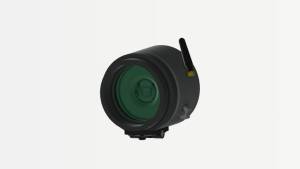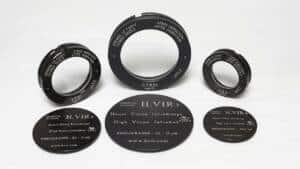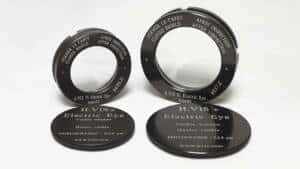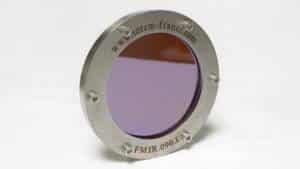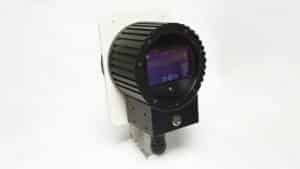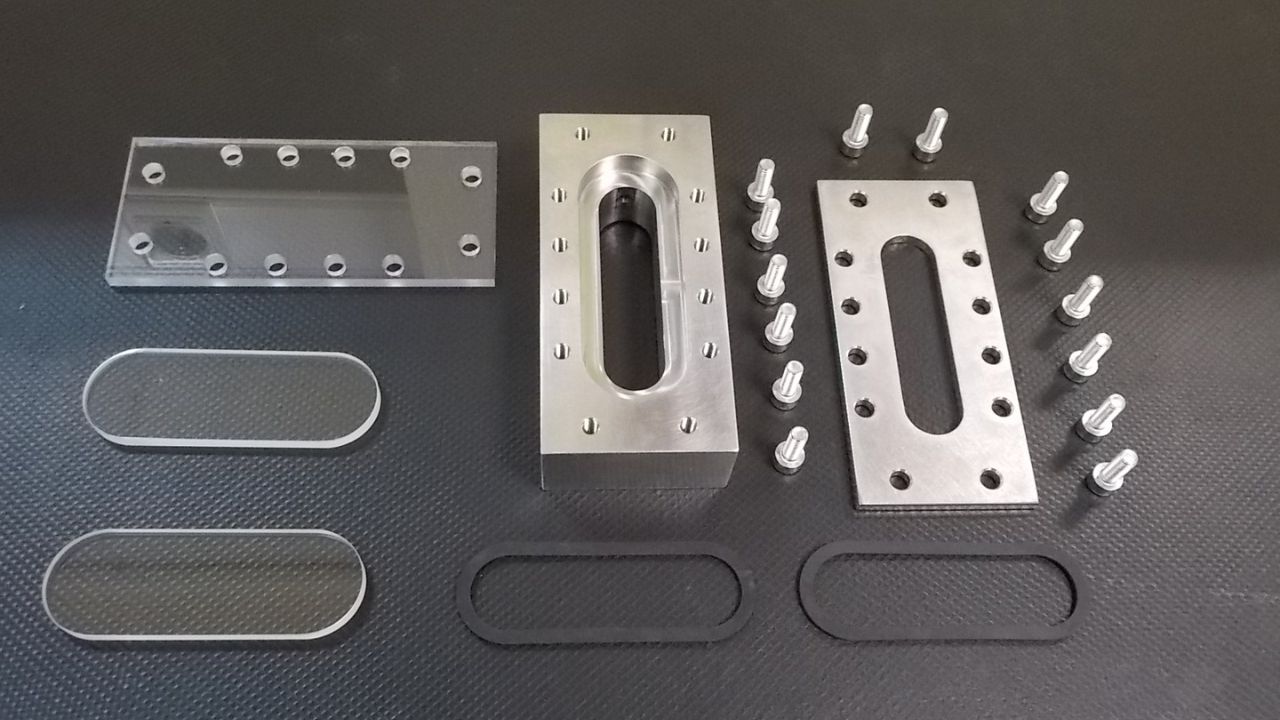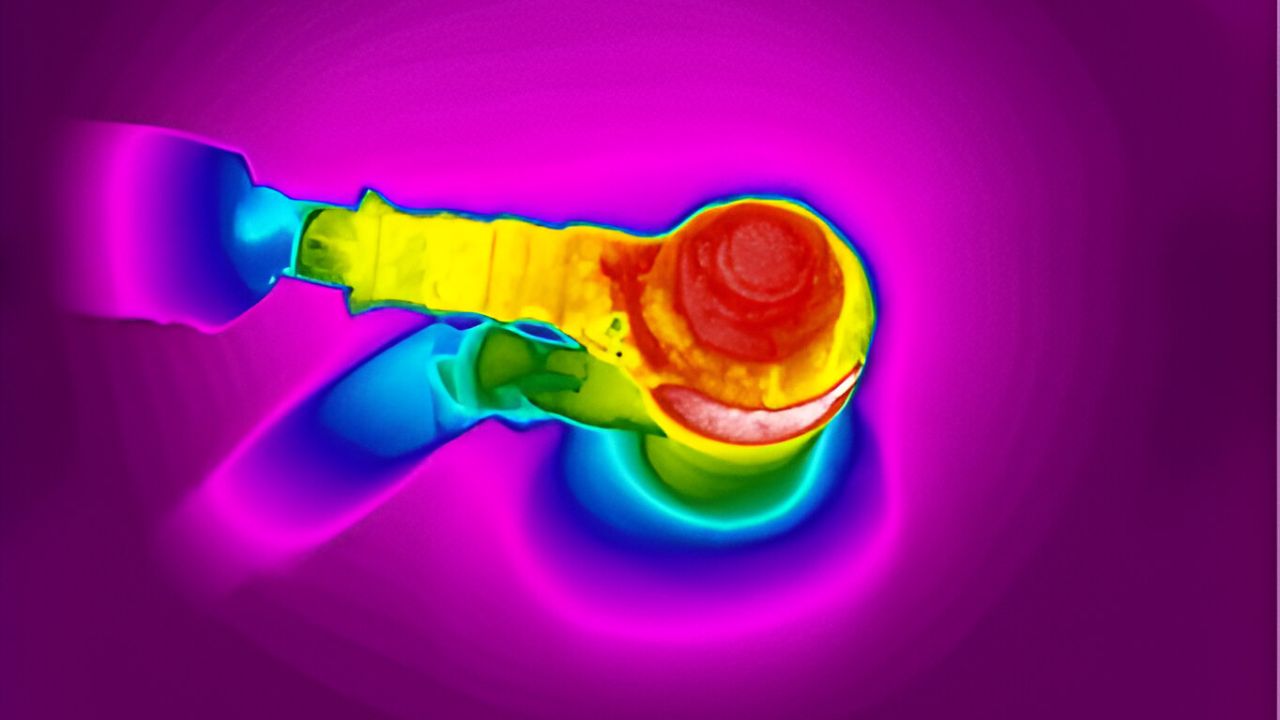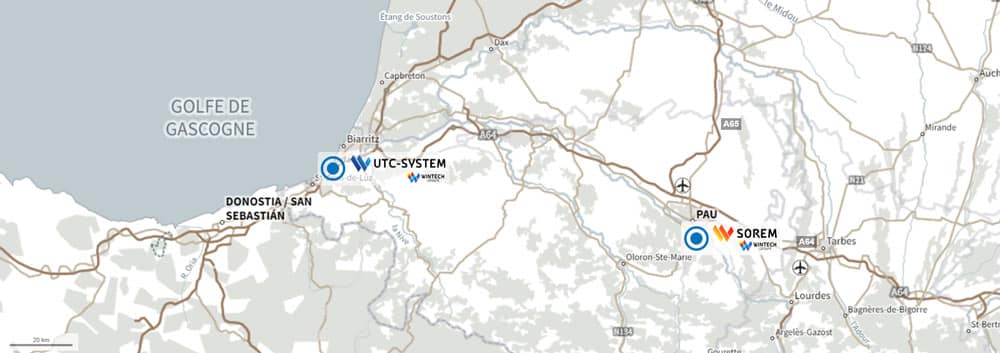Optical Windows: Materials, Characteristics, and Applications
An optical window is an observation interface that separates two environments while allowing the chosen light to pass through. Made of a material that can be transparent, the optical window is designed to maximize transmission in a certain spectrum (ultraviolet, visible, infrared) while minimizing light reflection and absorption. But what are the different materials used and what are their characteristics? What are the most common applications and uses? How are optical windows designed and manufactured? How much does such a product cost?
A guide that deals with the uses and manufacturing process of optical windows.
Optical windows are used by industry and research actors for various reasons, such as visual inspection of equipment, monitoring manufacturing processes, conducting experiments for medical or mechanical purposes, and carrying out studies in the field of spectroscopy. Discover what the 3 main families of materials are, as well as the key criteria for selecting the components of a high-performance optical window.
It is necessary to choose an optical window material that is suitable for the intended use of the technology. Optical materials must be selected depending on specific aspects such as the spectral transmission range, the refractive index, or the Knoop hardness. These criteria determine the application areas where optical materials are most effective. This article presents the main areas of use based on the manufacturing materials selected.
Optical windows are essential for carrying out surveillance or measurement operations in various industrial sectors and fields of application, such as spectroscopy or microscopy. Moreover, optical windows can be specially designed to be installed on equipment dedicated to the protection or observation of a structure. Here are the main fields of application of optical windows in industry and research.
The design of an optical window is guided by a specific set of specifications that determine its application and the expected outcomes. Depending on the chosen material, the manufacturing process may require the use of specific machining techniques, such as ultrasonic technology. The manufacturing cost of the optical window will vary depending on the material that is used. Let’s discover the different steps in the manufacturing process of an optical porthole and its cost.
To design an optical window, it is crucial to precisely define its application, including the conditions of use, the required spectral range, and the expected outcomes. This allows to select the most suitable material for its manufacturing, as optical materials have specific properties. Let’s examine together the main characteristics of optical windows materials.
To find out more about optical windows, download our guide “Optical Windows: Materials, Characteristics, and applications”.
An optical window is an observation interface that separates two environments while allowing the chosen light to pass through. Made of a material that can be transparent, the optical window is designed to maximize transmission in a certain spectrum (ultraviolet, visible, infrared) while minimizing light reflection and absorption. But what are the different materials used and what are their characteristics? What are the most common applications and uses? How are optical windows designed and manufactured? How much does such a product cost?
A guide that deals with the uses and manufacturing process of optical windows.
Optical windows are used by industry and research actors for various reasons, such as visual inspection of equipment, monitoring manufacturing processes, conducting experiments for medical or mechanical purposes, and carrying out studies in the field of spectroscopy. Discover what the 3 main families of materials are, as well as the key criteria for selecting the components of a high-performance optical window.
It is necessary to choose an optical window material that is suitable for the intended use of the technology. Optical materials must be selected depending on specific aspects such as the spectral transmission range, the refractive index, or the Knoop hardness. These criteria determine the application areas where optical materials are most effective. This article presents the main areas of use based on the manufacturing materials selected.
Optical windows are essential for carrying out surveillance or measurement operations in various industrial sectors and fields of application, such as spectroscopy or microscopy. Moreover, optical windows can be specially designed to be installed on equipment dedicated to the protection or observation of a structure. Here are the main fields of application of optical windows in industry and research.
The design of an optical window is guided by a specific set of specifications that determine its application and the expected outcomes. Depending on the chosen material, the manufacturing process may require the use of specific machining techniques, such as ultrasonic technology. The manufacturing cost of the optical window will vary depending on the material that is used. Let’s discover the different steps in the manufacturing process of an optical porthole and its cost.
To design an optical window, it is crucial to precisely define its application, including the conditions of use, the required spectral range, and the expected outcomes. This allows to select the most suitable material for its manufacturing, as optical materials have specific properties. Let’s examine together the main characteristics of optical windows materials.
To find out more about optical windows, download our guide “Optical Windows: Materials, Characteristics, and applications”.


